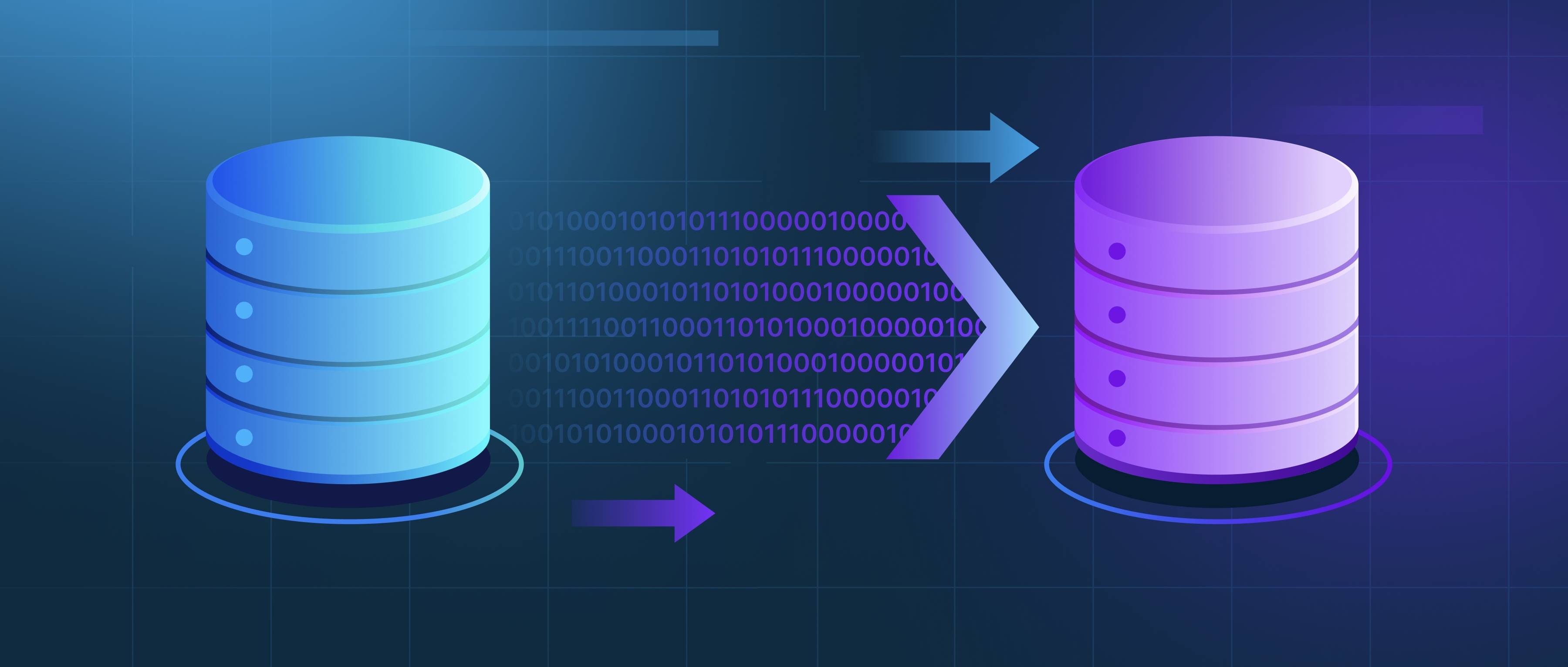Knowledge graphs support machine learning models by providing structured information that can enhance the model's understanding and contextual awareness of data. A knowledge graph is essentially a way to represent relationships between different entities, such as people, places, and concepts, in a format that is easily accessible for algorithms. This structured form of data can improve how a machine learning model interprets relationships and infers patterns, leading to better accuracy in predictions and classifications.
One practical application of knowledge graphs is in natural language processing (NLP). For example, a sentiment analysis model can use a knowledge graph to understand the context of a word based on its relationships with other words. If the model encounters the word "bank," it might refer to the knowledge graph to distinguish whether it relates to a financial institution or the side of a river by examining its connections with surrounding words in a sentence. This contextual understanding can lead to improved outcomes when the model processes language and offers more accurate insights or categorizations.
Additionally, knowledge graphs can be useful for enhancing recommendation systems. For instance, an e-commerce platform can use a knowledge graph to link products, customers, and their preferences. When a customer views a product, the graph can help identify similar items based on their relationships to other products and user behaviors. This enables the recommendation system to suggest items that are not only similar but also have a contextual connection, making the suggestions more relevant and personalized. Overall, knowledge graphs strengthen the performance of machine learning models by enriching data representation and providing valuable context.
